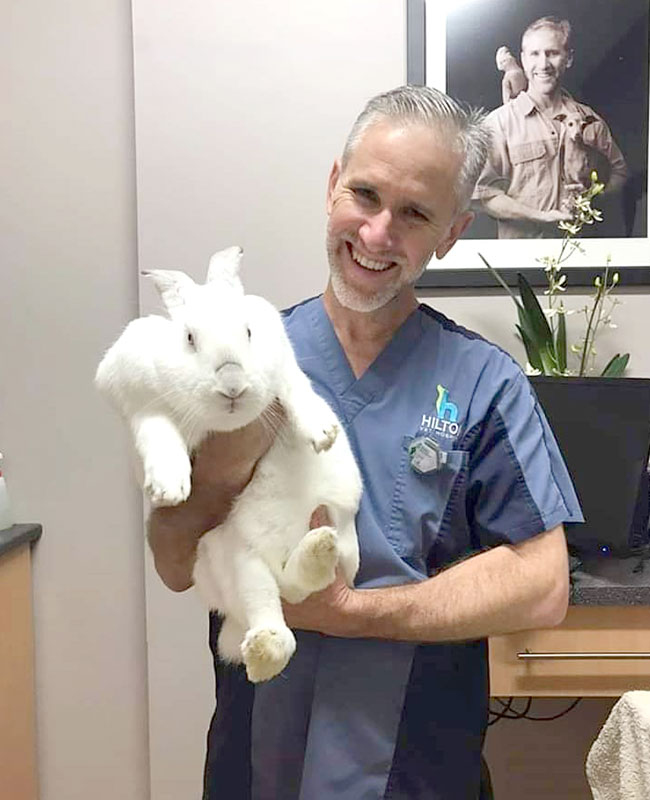General Health Care for Pet Rabbits
Health tips and advice for your long-eared friends

A happy, long life for your rabbit starts here
Rabbits face unique health challenges that often require extra care and experience. The following six topics are critical to understand and maintain to ensure your rabbit is healthy.

Rabbit Nutrition
Feeding the right diet can often prevent many issues that would need veterinary care.
- 80% Hay and grass (Timothy Hay)
- 12% Green leafy vegetables
- 6% Pellets
- 2% Treats like apple and carrots

Rabbit Castration

Rabbit Sterilisation

Blood tests

Rabbit Parasites

Rabbit Vaccination
FAQ’s About Rabbit Health
How do I know if my rabbit is sick?
How much is a consult at Hilton Vet Hospital?
We always provide treatment options and will only make the recommendations based on what’s best for your rabbit.
I currently go to another vet but want to try Hilton Vet.
Where are you located?
Our address is 294 South Street, Hilton.
We’re located close to the South St. & Carrington St. intersection between the 777 Pharmacy and the Squash Centre. We have plenty of parking too.
When should I contact my local vet?
If you notice any of these signs, contact Hilton Vet Hospital, your local community vet. We’re also available for routine preventative appointments.
If you have any questions or concerns about your pet rabbits health, please get in touch with our friendly team.
Rabbits owners from all over Fremantle, Hilton, Hamilton Hill, O’Connor, White Gum Valley, Beaconsfield, Willagee, Samson, Coolbellup, Kardinya, Spearwood and Coogee have been coming to Hilton Vet Hospital for more than 30 years to receive exceptional service and care for their pets.
